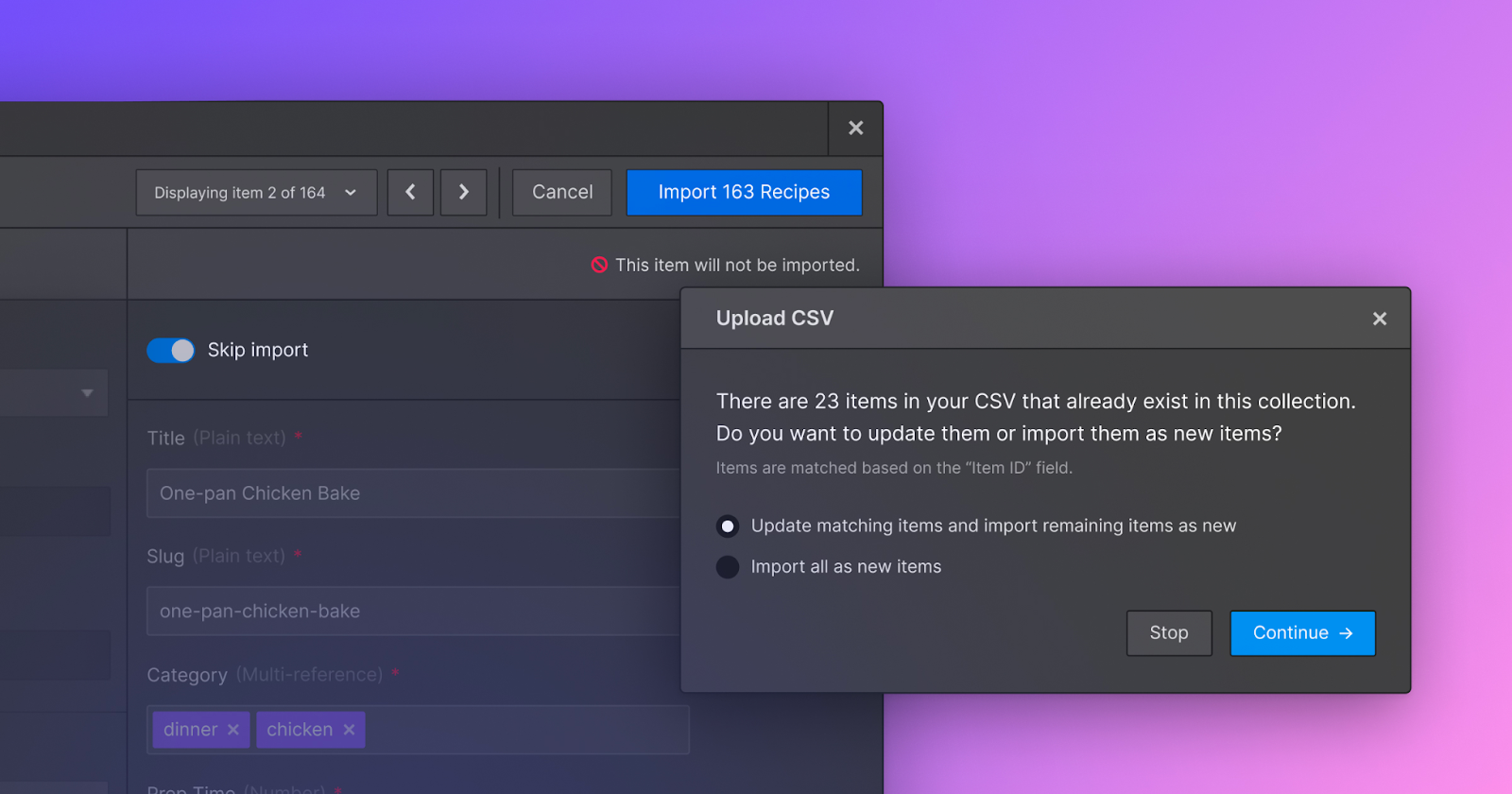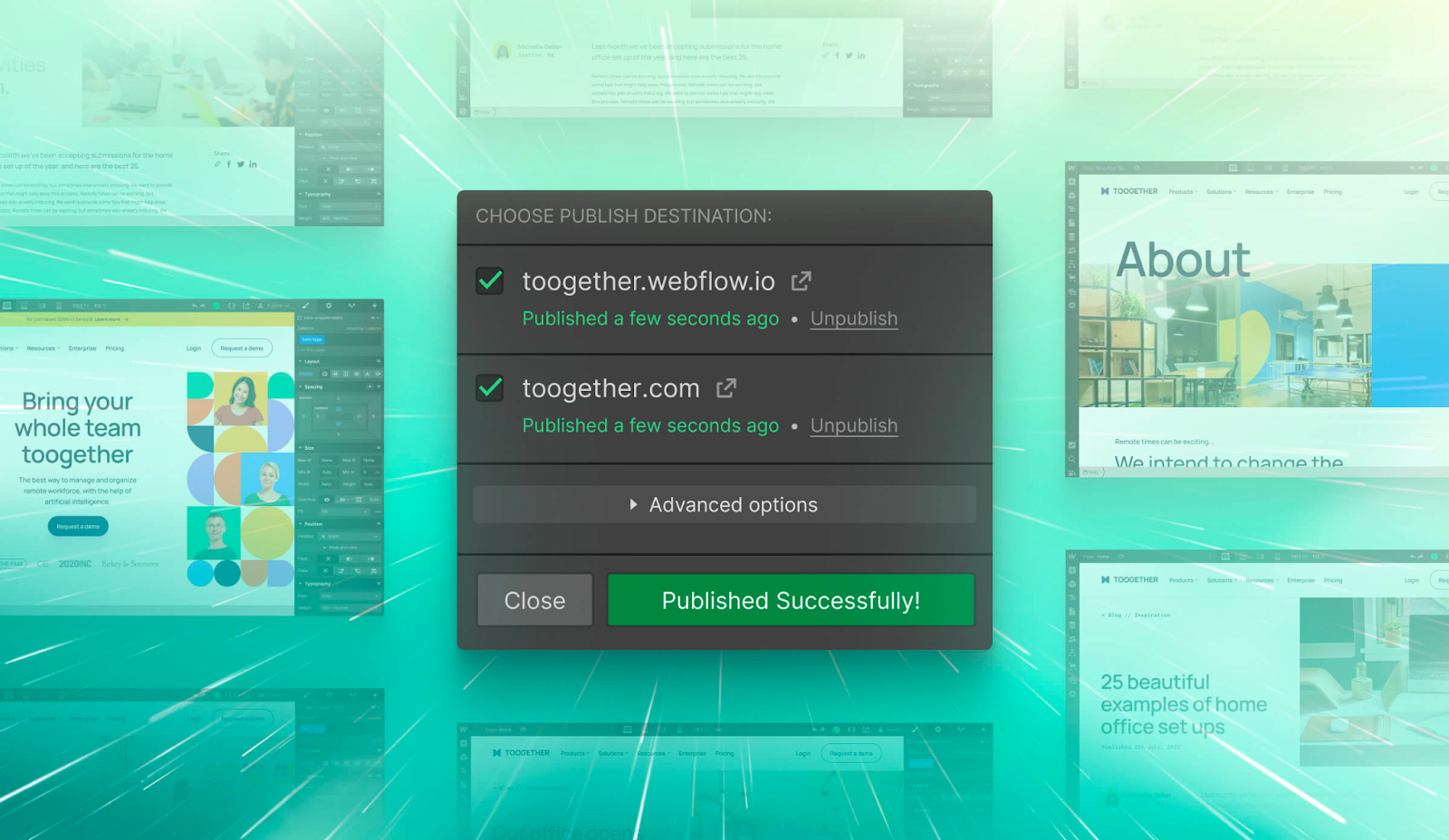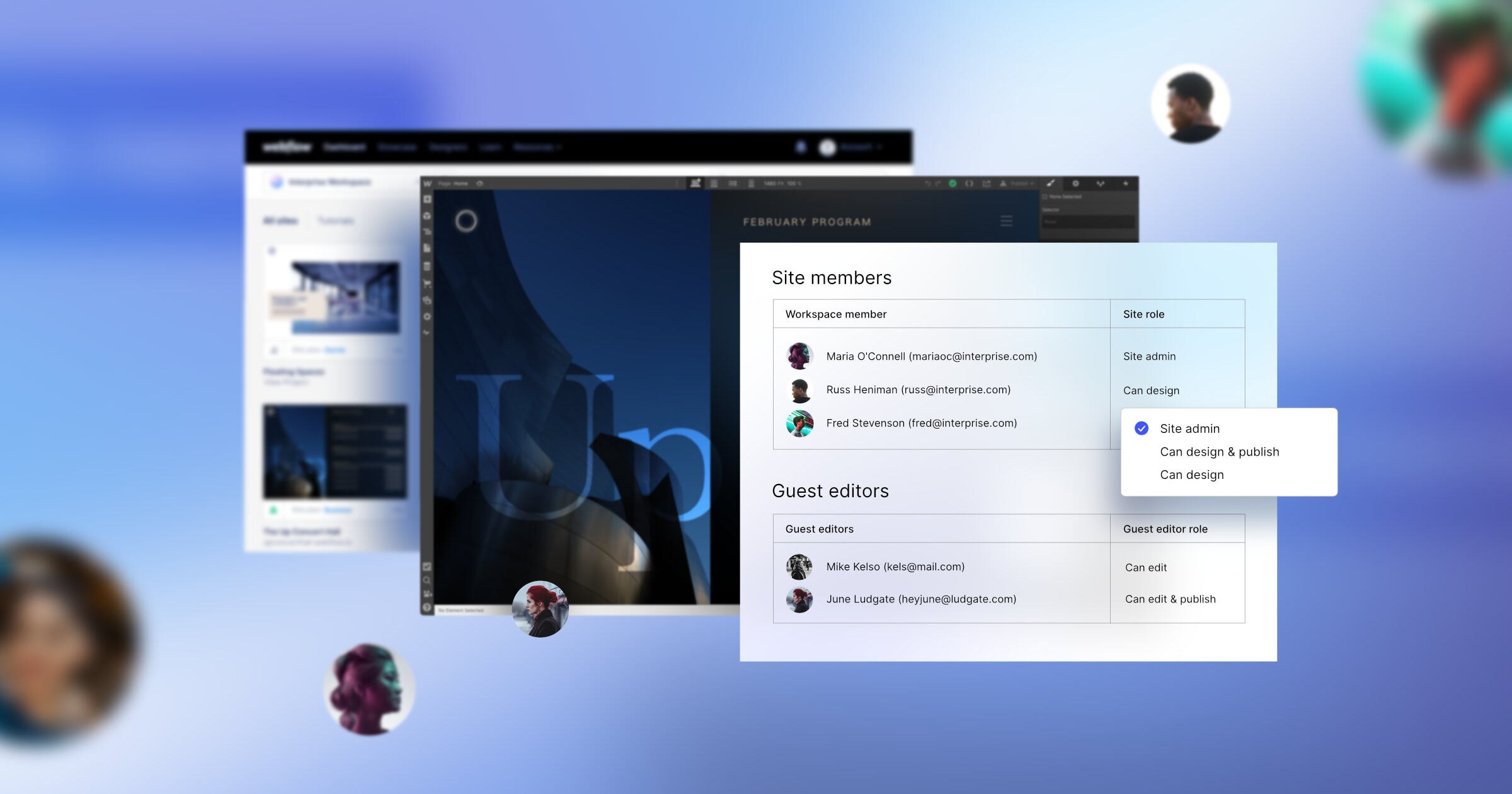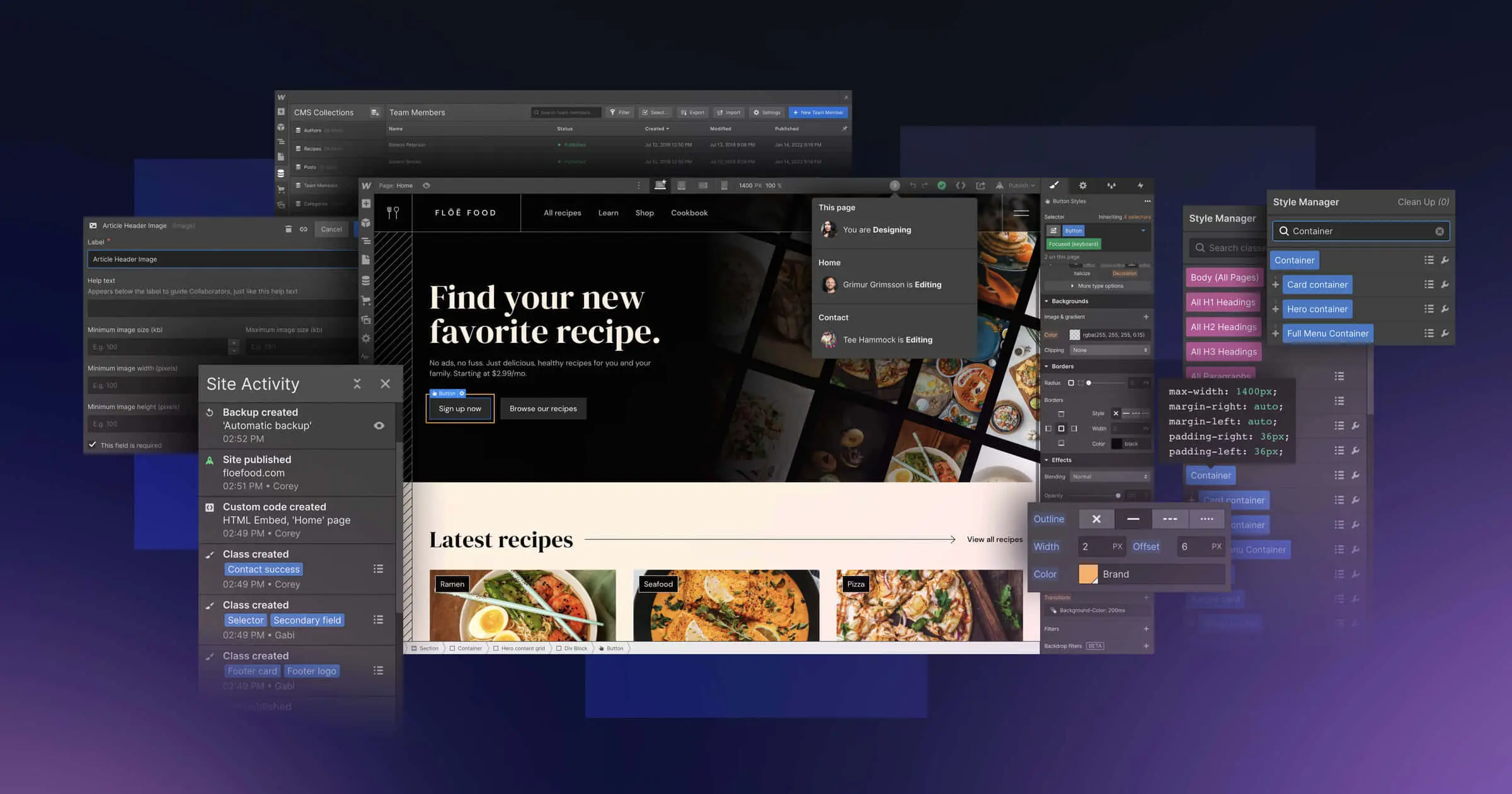Following a year of foundational improvements, we’re excited to announce that our CMS can now scale to a whole new level for Enterprise customers.
Historically, performance issues within our product have limited customers to 10,000 or fewer CMS items, but over the past year we’ve steadily resolved these issues to lay the groundwork for a new level of scalability. At the same time, we’ve also built a brand new storage architecture for CMS content that allows us to scale with Enterprise customers for years to come.
This means we’re ready to serve websites well beyond 10,000, 20,000, or even 100,000+ items for truly custom levels of CMS scale. These improvements also allow for an increased number of CMS Collections so you can have an increased number of content types on your site.
To unlock higher limits for your projects, contact our sales team to start a conversation. To learn more about how we tackled this problem and what we’re working on next, read on.
Scale means more than just storage
Scale within a CMS is a simple enough concept, seemingly encapsulated by one basic question: “How much content can I store in my CMS?”
But to tackle scalability in a comprehensive way that creates the best customer experience, we had to think beyond just storage and also consider:
- Content management and creation, giving customers more efficient workflows for creating and managing their content.
- Product performance at scale, ensuring the product remains performant as content libraries grow.
Improving content management and creation

As we prepared to support significantly larger content libraries within our CMS, we knew we needed to ensure customers have more efficient and powerful ways to create and manage their content. With that in mind, here’s a look at some of the specific improvements we’ve made to prepare us for a new level of content scale:
- Content filtering and discovery. The more content you have, the harder it can be to find it if you need to make edits or updates. For that reason, we’ve launched new filtering tools within the CMS to let you quickly drill down and locate what you’re looking for.
- Bulk updates via CSV upload. Migrating content from one CMS to another has long been possible with CSV import, but we took that a step further and now support making bulk edits to existing content via CSV upload.
- Expanded bulk publishing operations. We’ve expanded the scope of what publishing actions you can perform across multiple items with bulk publishing and selective export.
- Additional validation constraints. Finally, to create better guardrails for content editors as they grow your content library, we’ve added new image validation controls that let you constrain how large images uploaded to your CMS can be.
Improving product performance at scale

At a foundational level, we knew we couldn’t expand content storage limits at the expense of our core product performance. So to prepare for this increased scale, we made the following improvements and optimizations:
- Improved performance for large websites. Earlier in 2022, we launched foundational updates to how we load CMS content within the Designer, resulting in major improvements to project loading speeds.
- Improved publishing speeds. Similarly, we also made improvements to publishing speed for websites with lots of content — with publishing speeds up to 10x faster for our biggest projects.
- WebP image support and optimization. Another improvement we made on the performance optimization front was the addition of the WebP image support to improve site performance — along with a built-in conversion tool to quickly convert and replace assets on your site.
- Under the hood system optimizations. Additional scale on the CMS front required us to do some upkeep and optimizations on supporting systems like site search and website backups, as well.
Building a more scalable storage architecture
With these foundational improvements on content creation and product performance in place, we’re able to open the floodgates and invite our customers to now scale above and beyond 10,000 items with our brand new, scalable storage architecture.
Here’s a high-level look at the big improvements we’ve made:
- More efficient storage setup. We’ve taken a new approach to how we store Collection content that makes data storage and retrieval within the product more efficient, which means faster load times as you’re working with that content.
- Future-proof as we scale. As part of this new approach, we’ve optimized storage structures so they expand as our customers and customer base grows, ensuring our CMS storage system is set up for the long haul.
What’s next for the Webflow CMS
- Editor performance improvements. Just as we did for the Designer in early 2022, we’re planning to make updates to the Editor so it runs smoothly as your site scales.
- Tune into Webflow Conf. Join us (in person or virtually) at Webflow Conf next month for more announcements about what’s on the horizon for the CMS.
To unlock higher limits for your projects or learn more about this update, contact our sales team.



















Webflow Enterprise
Security and scalability you can rely on.































